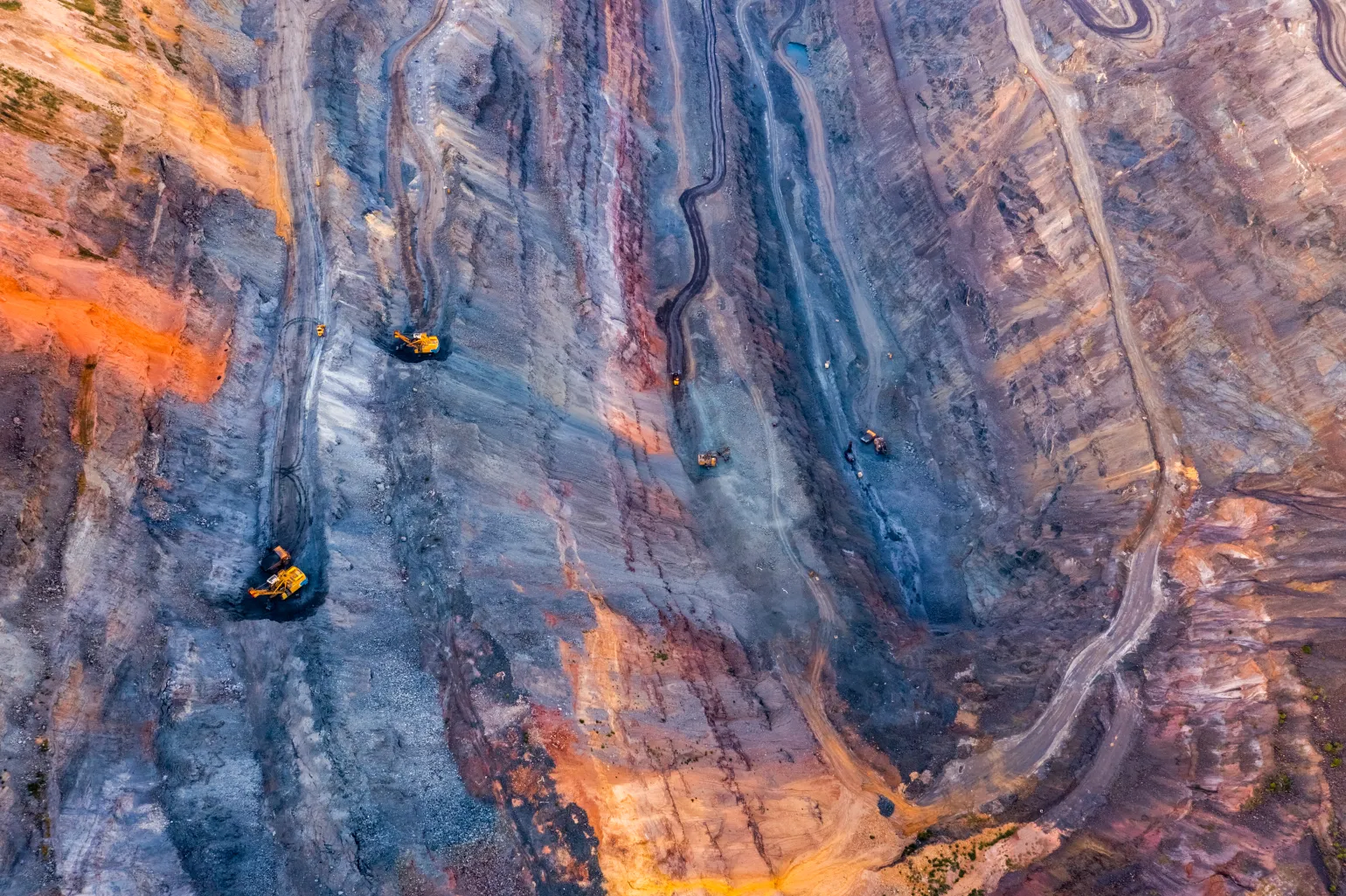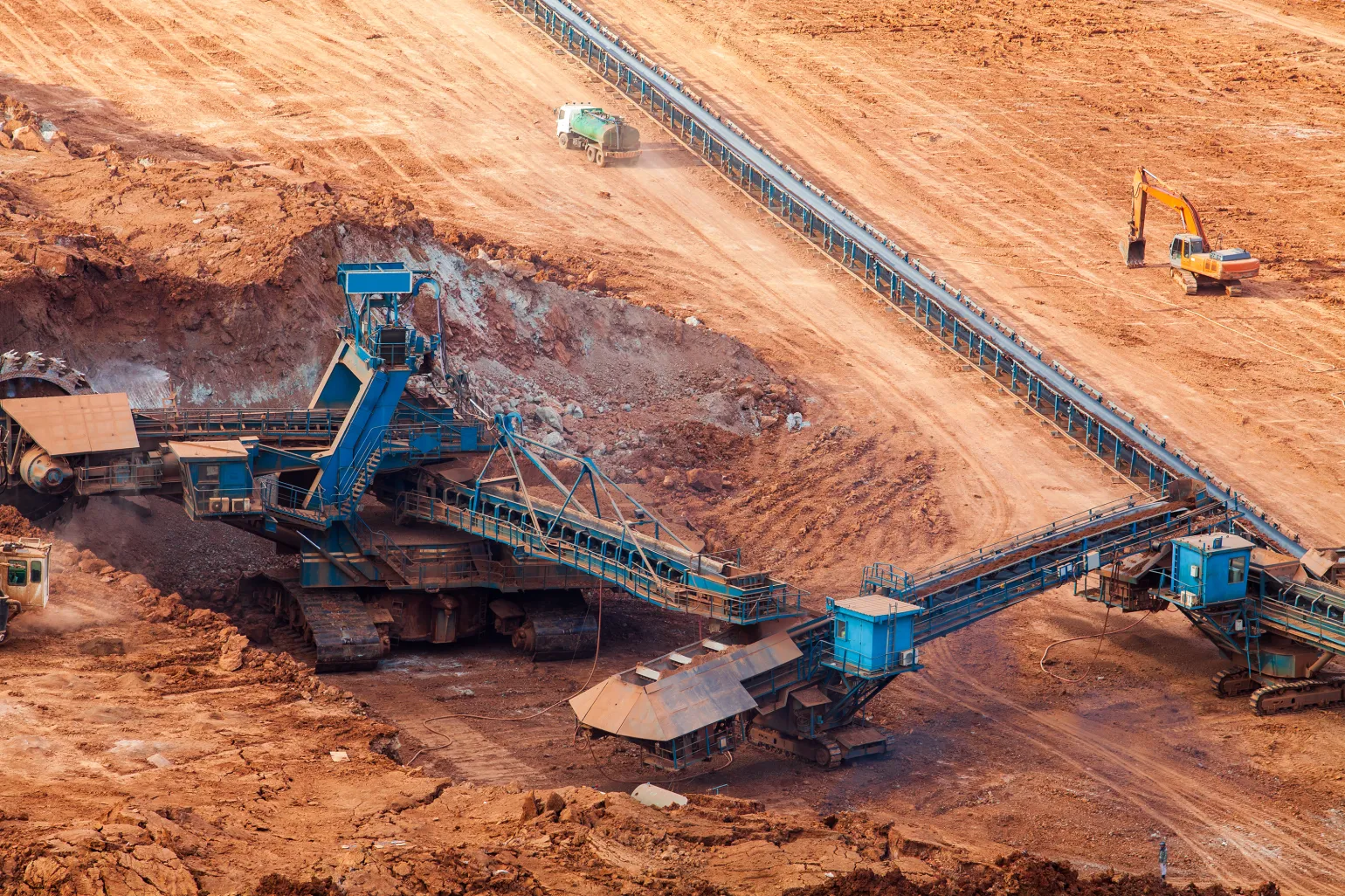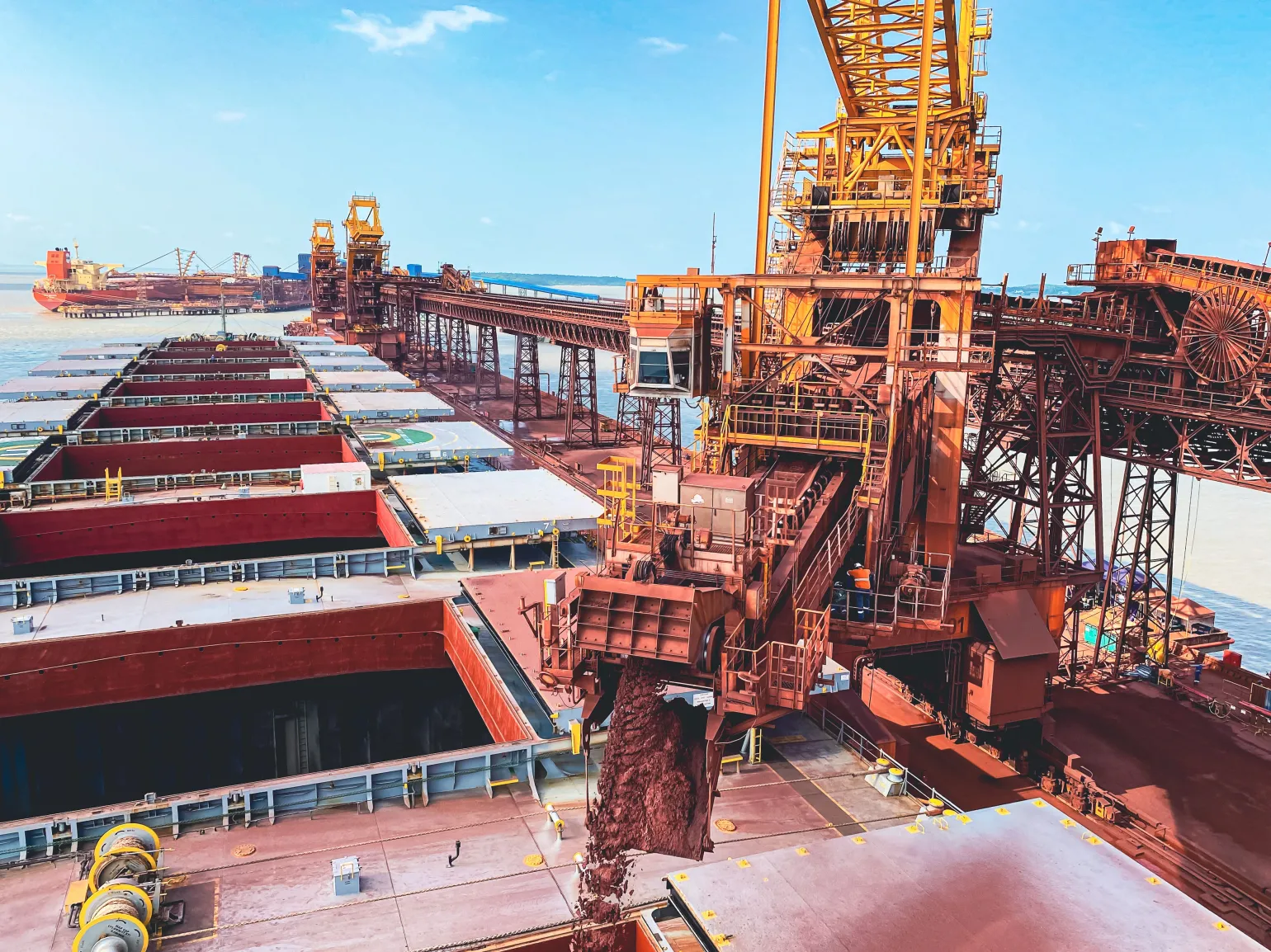Understanding iron ore: the source of all steel
Held in the highest regard since ancient times, iron ore is the source of all steel on earth. Given humanity’s increased consumption of steel, this important commodity is now the second most traded in the world after crude oil. Find out more about this natural resource and shop high quality steel in the UK at Pulman Steel.

Iron ore is something of an umbrella term that refers to the minerals and rocks from which producers extract metallic iron. The four main deposit types include the massive hematite, magnetite, titanomagnetite, and pisolitic ironstone.
Hematite is arguably the most important and the most mined of these ores, thanks to its abundance and its high-grade concentration of iron. Iron ore that contains more than 60% hematite or magnetite is known as direct shipping ore and is regarded as high quality.

Making up approximately 5% of the earth’s crust, iron ore is found all over the world in various concentrations. Australia and Brazil are the world’s largest exporters, with other important exporters being South Africa, Canada, Ukraine, and Sweden.
Brazil’s Carajás mine and other ‘super mines’ produce 90 million tonnes or more of ore annually. China is the world’s largest producer, but as it’s also the largest consumer, the country does not export ore.

Iron ore and a crudely smelted form of iron known as pig iron are used to supply iron and steel industries around the world. These rocks, minerals, and basic products provide the iron and steel used for an array of applications, such as construction, energy and rail infrastructure, household appliances, and transportation.
Ore containing iron is essential for steel production, the metal that almost all the world’s industries rely on. According to a United States Geological Survey, the steel industry is responsible for 98% of the iron ore demand. The remaining 2% is used by a range of sectors.
There are two basic iron ore mining methods, namely surface and underground mining. Most mining companies prefer surface mining, as the process must be done on a massive scale at the lowest price for it to be profitable. When underground mining happens, it’s usually due to the ore near the surface not being of a sufficiently high grade.
After being mined, the iron ore must be processed so that the iron can be extracted and, in most cases, steel can be produced. At a processing plant, the ore is crushed into much smaller pieces and the materials are separated. The waste products are transferred to tailing bins and the iron ore fines are sent to a pelletizing plant, where they are agglomerated in a process called sintering before being furnace-hardened to produce pellets. Most of these pellets are sent to a blast furnace or DRI plant for steel production.
If the iron ore pellets are sent to a blast furnace, they will be mixed with coke (metallurgical coal) and heated to 2000°C. The pellets melt, forming pig iron and slag. The next step sees impurities removed from the pig iron and slag before alloying elements are added to produce steel.
You cannot downplay or underestimate iron ore’s impact on the world. Iron alone accounts for 95% of metal tonnage produced around the world. Of that, more than 500 million tonnes are new iron, while 300 million tonnes are recycled iron.
The metal has played a significant role in our history, from making tools, agricultural implements, and weapons, through to the transportation, construction, medical, hospitality, and countless other industries. You’ll even find iron involved in the chlorophyll production process in plants and in a different role in the vascular systems of humans and many animals!
High quality iron ore combined with expert workmanship produces high quality steel, and it’s within easy reach. Find the steel products you need for your project, whether DIY or commercial, at Pulman Steel. Contact us for special orders made to spec or choose from popular sizes and order conveniently online.